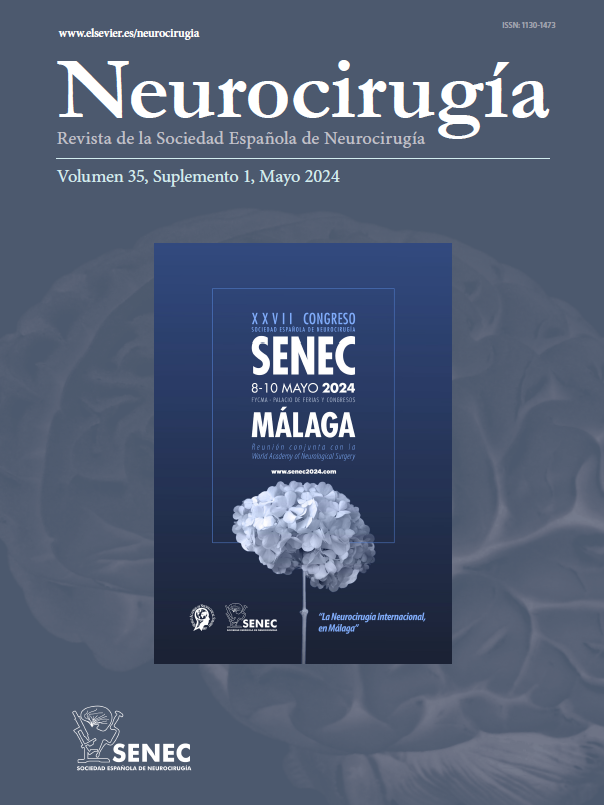Journal Information
Share
Download PDF
More article options
Opinion article
Endoscopic endonasal surgery during COVID-19 pandemic: Management guideline
Cirugía endoscópica endonasal durante la pandemia COVID-19: protocolo de actuación
David Mato-Mañasa, Patricia López-Gómeza,
, Jaime Viera-Artilesb, Víctor García-Milána, Carmelo Morales-Angulob, Isabel Ruíz-Garcíac, José Manuel Rabanal-Llevotc, María Carmen Fariñas-Álvarezd, María Henar Rebollo-Rodrigoe, Rubén Martín-Láeza
Corresponding author
a Servicio de Neurocirugía, Hospital Universitario Marqués de Valdecilla, Santander, Spain
b Servicio de Otorrinolaringología, Hospital Universitario Marqués de Valdecilla, Santander, Spain
c Servicio de Anestesiología y Reanimación, Hospital Universitario Marqués de Valdecilla, Santander, Spain
d Servicio de Enfermedades Infecciosas, Hospital Universitario Marqués de Valdecilla, Santander, Spain
e Servicio de Medicina Preventiva, Hospital Universitario Marqués de Valdecilla, Santander, Spain





